Exhibition of Achievements of the National Economy
This newly renovated Soviet-era outdoor exhibition center is bigger than the principality of Monaco.
Walking through the exhibition center’s awesome entrance gates — similar in size to the Brandenburg Gate — visitors are greeted with wide avenues, perfectly manicured lawns, and flower beds that form intricate decorative patterns.
A magnificent statue of Lenin greets visitors in front of the main pavilion, where the Corinthian columns of Stalinist architecture come together with the Red Army star and the crests of the 15 Soviet Socialist Republics to celebrate socialism, national glory, and scientific progress — three achievements as intricately intertwined in the resulting panorama as they were in the Soviet imagination.
Inspired by the 19th century world expositions held in London, Paris, and Chicago, the Exhibition of Achievements of the National Economy — known more popularly by the Russian acronym VDNKh — was built to showcase and celebrate the agricultural, industrial, and technological accomplishments of the Soviet Union and its constituent peoples and republics.
Just as the World Expos created such landmarks as the Eiffel Tower, the Crystal Palace, and Chicago’s Elevated Train System, the VDNKh similarly strove to both celebrate technological progress and transform it into entertainment on a monumental scale.
Commissioned in the 1930s, what would become the VDNKh originally opened in 1939 as the All-Union Agricultural Exhibition, only to be closed two years later for the remainder of World War II. Re-opened in 1954, the agricultural displays were soon joined by an All-Union Industrial Exhibition and various technological trade shows. All of these components were officially fused into one organization in 1959, creating the Exhibition of Achievements of the National Economy.
The VDNKh featured pavilions dedicated to each of the 15 Soviet Socialist Republics, as well as every imaginable sphere of industry. Each pavilion was unique, with some emulating the traditional art and architecture of the various republics, while others drew on more pan-European aesthetics ranging from Gothic to Art Nouveau.
After the fall of the Soviet Union, the VDNKh’s name was changed to VVC, or “All-Russian Exhibition Center.” However, in 2014, the people of Moscow voted to go back to its original Soviet appellation. At this time, it was also carefully restored, and today it looks presumably much the way it did in its golden days (plus the addition of modern attractions and amusements), down to every restored bas-relief sculpture of diligent socialist workers and carefully polished hammer and sickle.
In Soviet times, the exhibition center hosted dozens of conferences, professional meetings, and displays of agricultural and technological advancements. Today, it has a similar function, with many of its pavilions hosting science and technology shows. The main pavilion features an exhibition telling the history of the Soviet side of the Space Race, including replicas of Soviet probes and spaceships, historical documents, and various paraphernalia taken by cosmonauts into space (including, of course, a tube of condensed borscht).
But the entire park in itself is a sort of museum. The replicas of the Vostok rocket (which sent Yuri Gagarin, the first human being in space, into orbit) and the Buran space shuttle highlight the technological achievements of the Space Race, while the magnificent golden fountain dedicated to the “Friendship of the Peoples” gives a glimpse into the multi-cultural nature of the USSR. Each pavilion is a one-of-kind masterpiece of art and architecture, while the juxtapositions of past and present — most evident, perhaps, in the McDonald’s diagonally facing the triumphant statue of Lenin — make the VDNKh a unique insight into Russian culture today.
Know Before You Go
The exhibition center is easily reachable by metro; the "VDNKh" station of either the monorail or the belowground metro are the closest stops. Entry to the VDNKh itself is free, but the various exhibits require ticket purchases. It is open 24 hours, and has many options for purchasing food and drink on the premises, including a quaint farmer's market hidden behind the Space Pavilion.
Community Contributors
Added by
Edited by
The Atlas Obscura Podcast is Back!




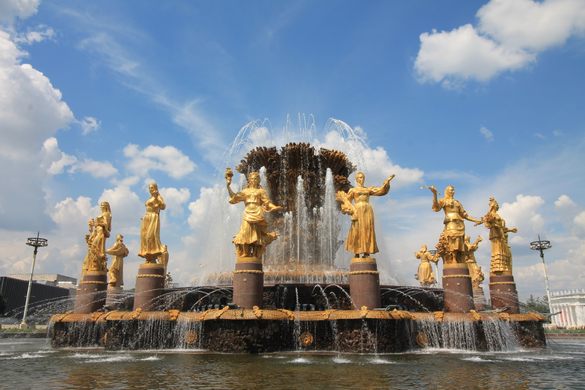


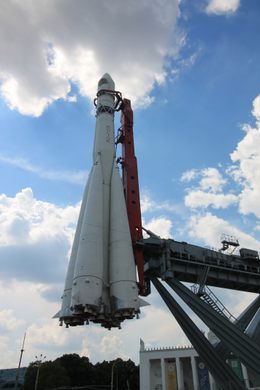




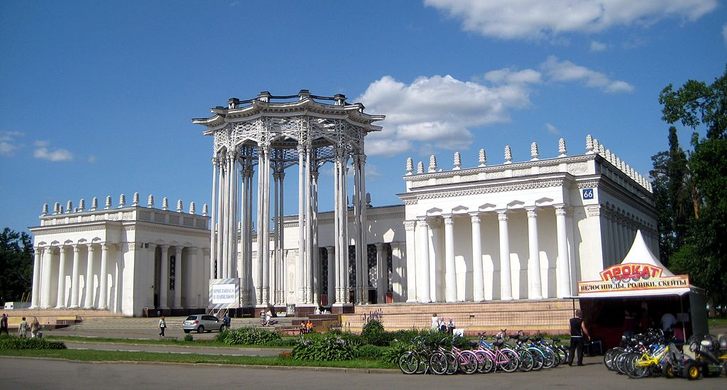
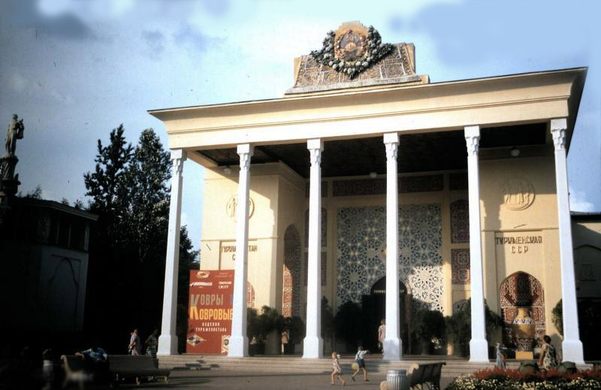

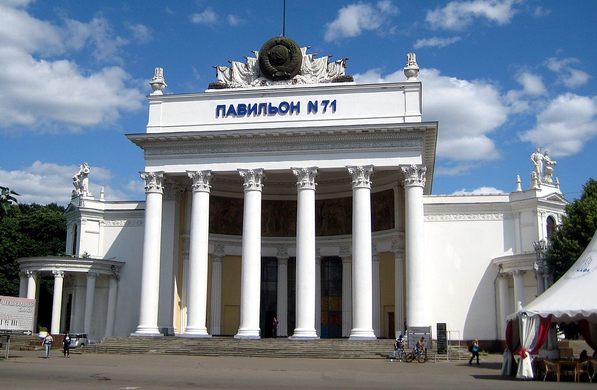

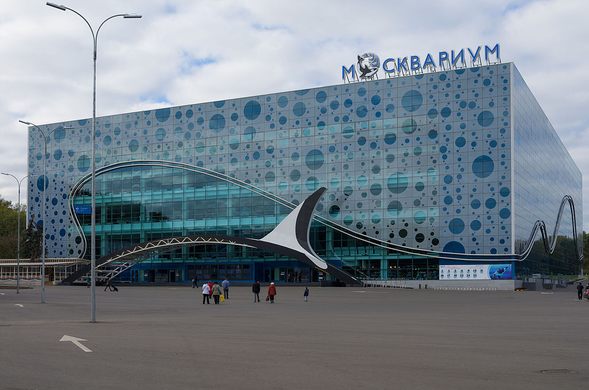

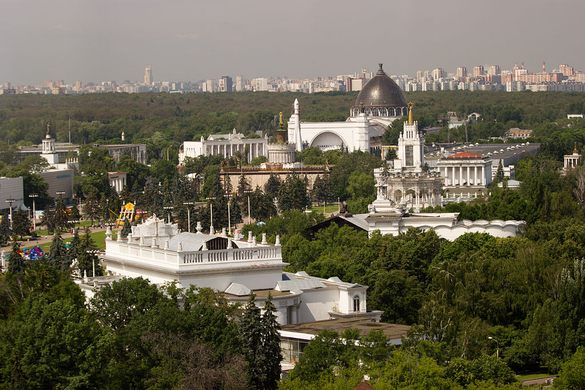






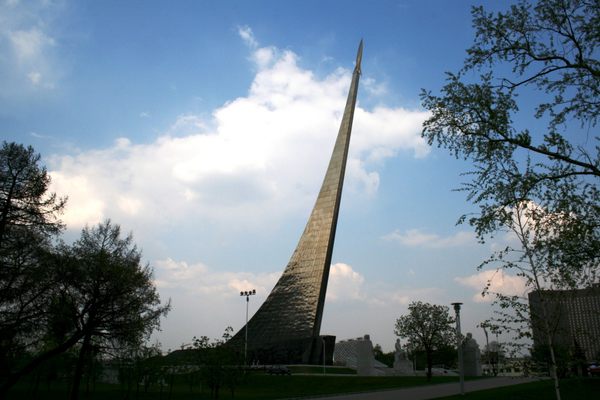

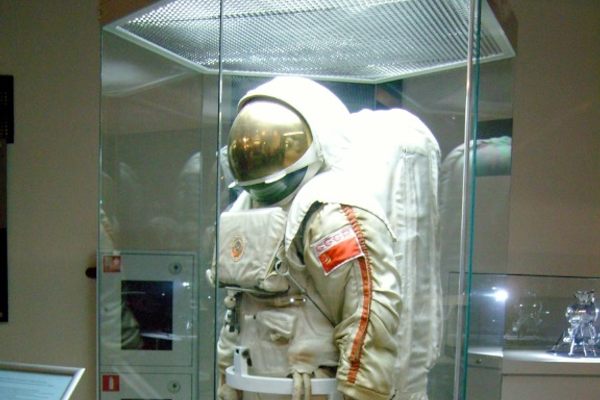




Follow us on Twitter to get the latest on the world's hidden wonders.
Like us on Facebook to get the latest on the world's hidden wonders.
Follow us on Twitter Like us on Facebook